What to expect if you’re thinking of taking on a Victorian house renovation.
At The Victorian Emporium we live and breathe Victorian House Renovation. We like to think we have wealth of experience of renovation projects not just through our personal experiences but by listening to our customer's questions and dilemmas. We also try to act on their requests for products that they can't source anywhere, including on our website. Somtimes products are still made and are available and as long as they are appropriate for a Victorian building, we're then prompted to publish an article to help guide our customers and others that might be in the same situation. So if you're thinking of investing in a slice of history, read on.
Why are Victorian houses the most popular renovation projects?
Well, simply there are lots of them and they’re old, therefore many could do with a lick of paint. Infact one third of the houses in Britain were built before the First World War, and most of these are Victorian. Under Queen Victoria’s reign, Britain and her colonies saw a boom in new builds - in a period of less than 75 years, over 6million Victorian houses were built in the UK alone, and the majority still stand today, partly because they’re reasonably built, much loved and in popular locations. During this unprecedented building boom, workers moved from the country to the city to help shortages of factory workers, and consequently housing required to be built quickly. Most of the houses that were built were the typical city and town centre small terraced houses with small gardens or yards for low level workers. Spacious town houses and semi detached villas with large gardens were built for the growing middle classes such as factory owners and managers, slightly further away from the centre. Apparently Victorian houses for sale get many more offers than modern houses, reflecting the fact that they are better located, much admired, and hold their value – all key factors that make an excellent renovation project.
What’s so great about Victorian Houses?
Location
Again the location, as any estate agent will tell you it’s all about location. Our towns and cities have expanded over the years and properties from this era will always be well located within easy reach of parks, libraries, schools, railway stations and other amenities as these amenities were built by the Victorians.
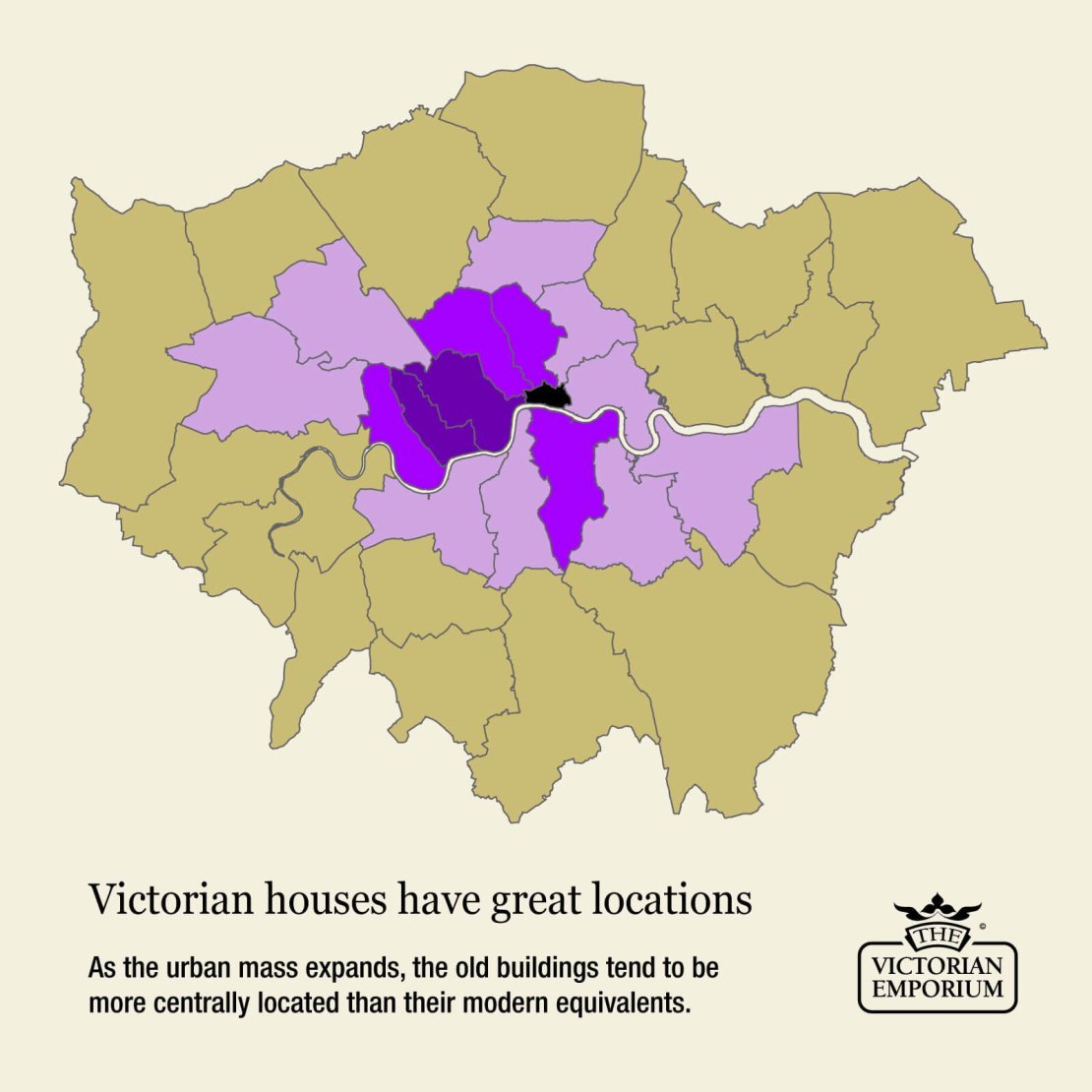
Victorian architecture tends to be centrally located
Building Materials
The Victorian era can be regarded as a first when it came to the building materials - previously many materials used in a building would’ve been sourced locally, for example your local black-smith would have made your door hinge But with factories mass manufacturing items, prices dropped and standards were introduced. These products could also be shipped not just around the UK but across The World. There was a revolt against this practice through the Arts and Crafts Movement where devotees demanded a change in the value society placed on how things were made and this gave direction to a new Victorian anaesthetic but generally many principles of mass production and how we build today was started in the Victorian era.
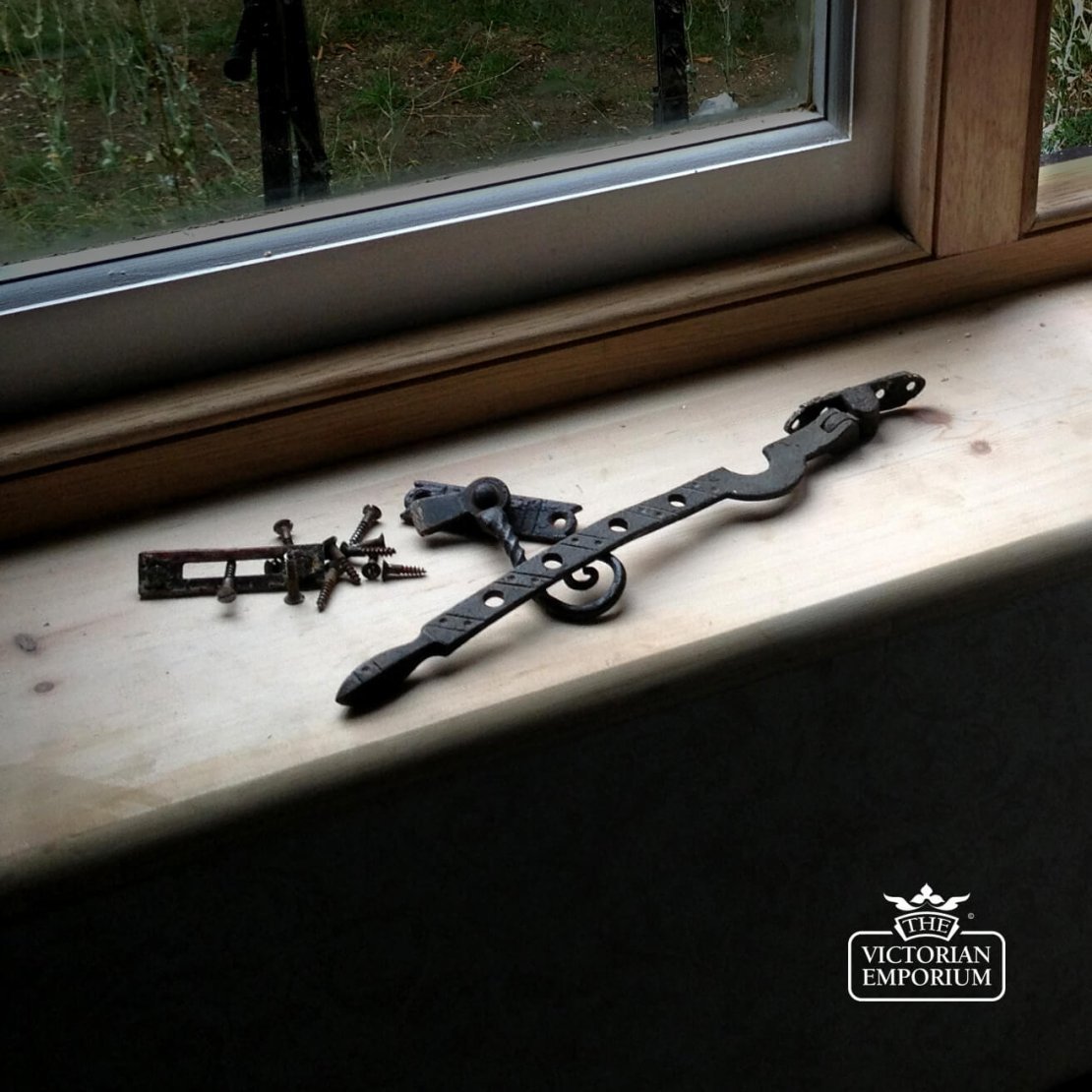
Original ironmongery manufactured in London, then shipped around the globe.
Build
Victorian houses were soildly built, some say overbuilt, hence the fact that most of them are still standing and providing a comfortable home to generation after generation of families in the UK, the US, Australia and elsewhere. They had practical layouts and amenities. Although not many of us require a scullery or a drinking-well any more the underling build quality shouldn’t need too much attention and acts as a good base to renovate.
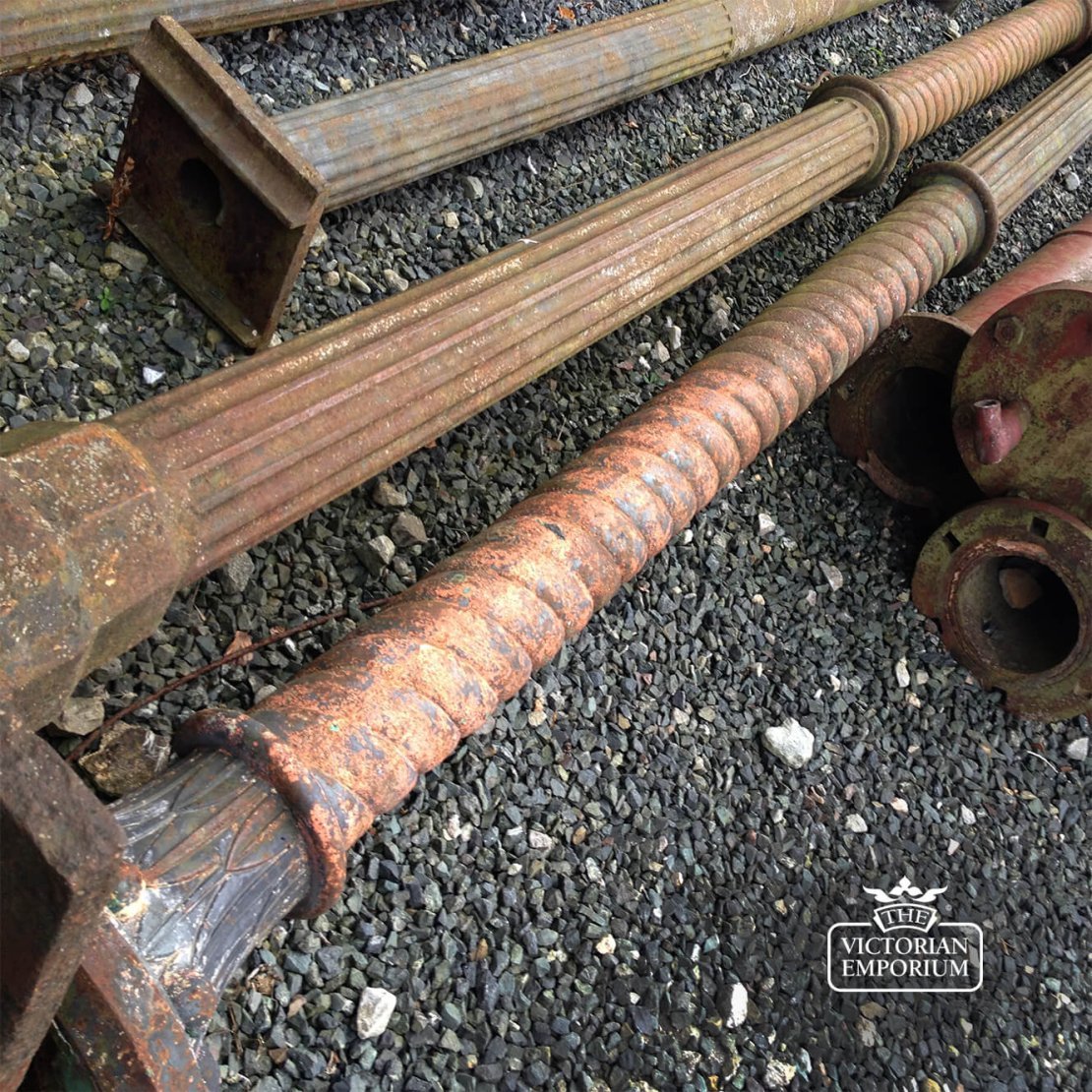
Many Victorian structures used robust solutions.
Elegant Architecture
The Victorians were all about showing off their new found wealth and splendid taste and as such their houses were full of intricate detailing and elegant proportions. Just compare the ceiling height and detailing of a standard Victorian terrace with a new build with today’s equivalent on a modern housing estate. Even the most modest Victorian terrace has some or often all of the following: high ceilings, plaster coving, ceiling roses, arches, wooden dado, picture rail, architrave, skirting board, tiled porches, mosaic hall floors, cast iron fireplaces, cast iron railings and gates, sash windows.
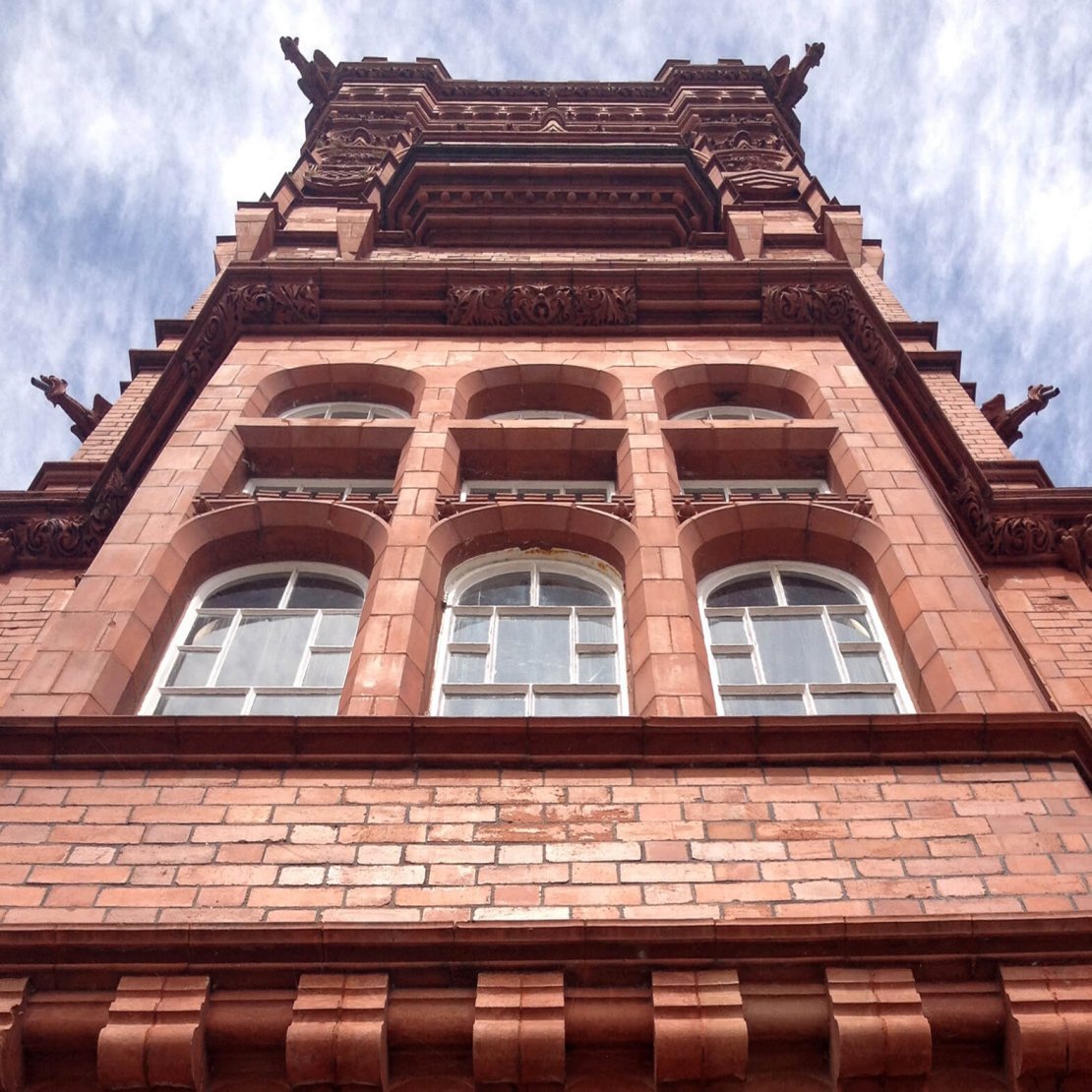
Brick facade of intricate detailing and elegant proportions.
Victorian houses also often had decorative brickwork as this period was the first time that heavy building materials such as bricks and sand could be moved from town to town easily via the railways and provide a extensive choice of materials rather than the narrow choice of local materials previously available.
Houses in a particular terrace, road, or group of roads were typically constructed by a single developer and would feature the same materials, layout, design and finishes. This is a gift for a renovator as it makes it easy to identify what features your house would have had originally if these were ripped out in wave of so called “modernisations” in the 1970s and 1980s. If you are lucky, beautiful fireplaces, floorboards and tiles might have simply been boarded or covered over and are waiting to be unearthed.
Our ethos is that you should try to maintain, repair or replace the period features that were original to your house (if possible). If you don’t like them you are possibly better off buying a different house. This doesn’t mean you need to be a slave to the era with no modern amenities - we’re not implying that you reinstate a wash-house complete with mangle and fetch your water from a well but these elegant features add value and if decorated sympathetically will help the building hold it’s value and integrity. Generally, public rooms in the house would have more ornate or grand period features to impress visitors. Although reception rooms feature skirting, dado, picture rail, coving and ceiling roses, most bedrooms only feature skirting and coving, have simpler door handles and more plain windows and doors.
What changes to a Victorian House will be the most profitable?
The following are the most popular improvements to a Victorian house that normally add more value than they cost to execute:
- Knocking through front and back reception rooms to create an open-plan space
- Converting the loft; however not every house is suitable for a loft conversion due to the pitch of the roof or a lack of space for a second staircase. The most common usage for a loft is an en suite bathroom and a guest bedroom or master suite
- Adding a side return extension or building a single storey rear extension, usually possible because of the generous plots of many Victorian houses - many people use this to create a light filled large open plan kitchen diner. Small rear extensions may fall under your permitted development rights meaning they don't require planning permission
- Installing a bathroom upstairs, often in a previously unusable box room
- Fitting a downstairs cloakroom
- Converting the basement to provide living space - this may involve some excavation to increase the ceiling height, and tanking to create a damp free space.
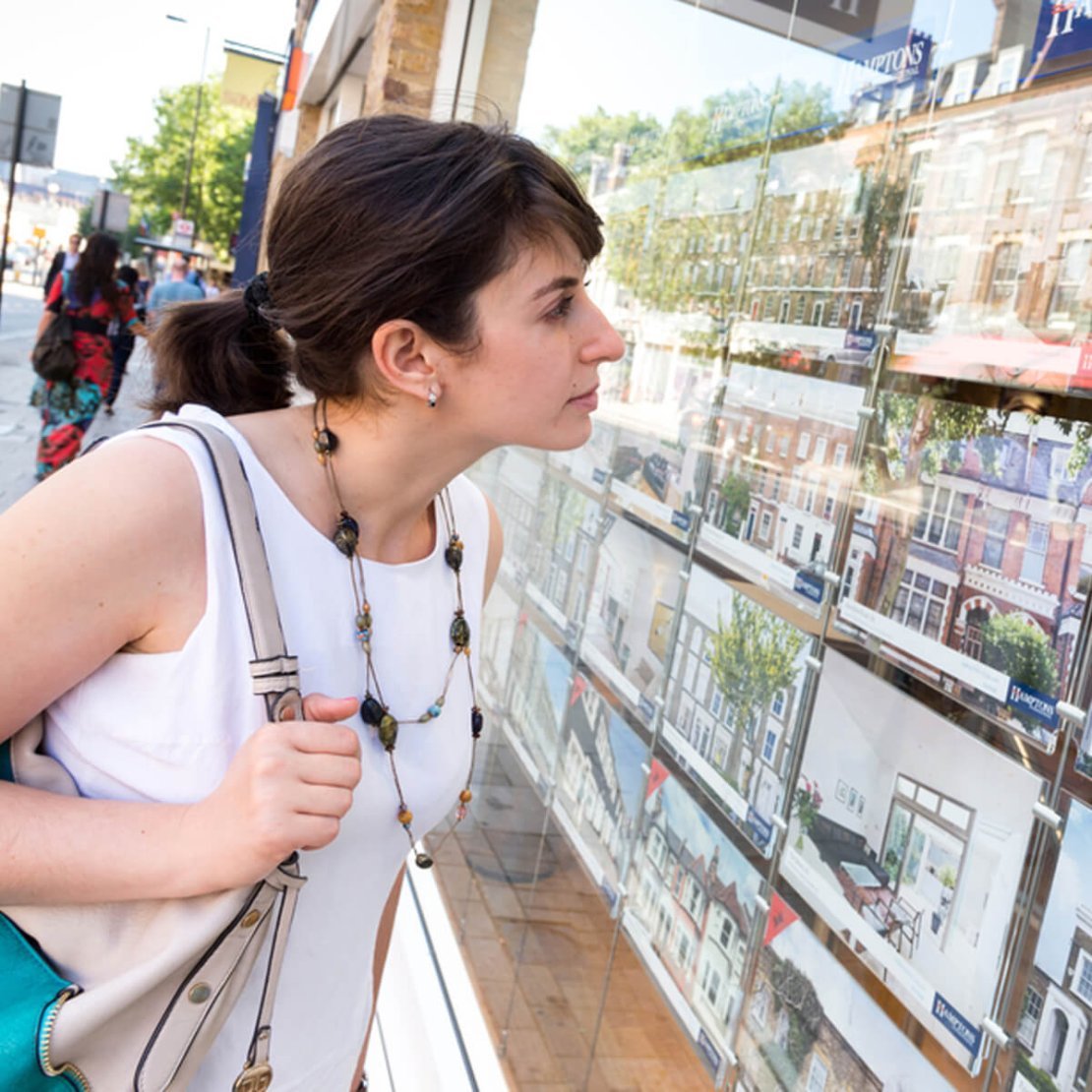
Visit your local estate agent to try to ensure you're spending your money in all the right places.
Before starting any work, you should consult a local estate agent to try to ensure you are not spending money you will not recoup in potential sales value. It’s important to consider the ceiling value of your house determined by the type of house and the area. You might still proceed with your plans even if you don’t get the answer you want, if your primary goal is not just to make money. If you will live in the house for 10 years or more, any potential loss should be eliminated by property price appreciation, especially if you are in an up and coming area. Also make sure that whatever you do, the plan for the house meets your goals, whether you are looking to live there for a long time and have a family, or maximise profit and sell as soon as possible.
What are the really impactful restoration jobs that will add value for a small cost?
- Changed cheap UPVC. If the original front door has been changed for a cheap UPVC replacement, it’s well worth installing a new solid wood door. The local streets may offer clues as to what was the typical door style for the area. If your new door is as near to the original style as possible it will somehow just look right. First impressions are key to impressing visitors especially when selling your house further down the line.
- Retore the Victorian front path. The most common choice for Victorian paths for a Victorian terraced house is black and red or black and white chequerboard tiles, either in square orientation or turned 45 degrees in diamond orientation, with a fairly simple border. First impressions are so important whether you are selling your house or not and a smart front path will welcome you and your visitors to the house. If your path is damaged or the original tiles have been removed, refer to your neighbours paths for ideas and inspiration. Find out how to fully renovate your path here
- Display your pine floorboards. Victorian houses generally combine pine floorboards throughout the house with tiles in downstairs hallways in rich mosaics and simple quarry tiles in kitchens. Stripping back to the original floorboards is an inexpensive way of recreating your home’s Victorian looks, although they would have been stained to resemble mahogany or oak, a cheats way of giving the impression of a more costly floor. If you need to repair sections of floor board, reclamation yards usually have a good stock of original Victorian floorboards in various widths to hopefully match yours, at prices around £30-40 per square metre. Once all the boards are down and fixed in place, give them a sand, a stain and several coats of varnish.
- Display your mosaic floor. To replace missing or broken tiles in your mosaic floor, simply email us a picture with a list of required tiles and their sizes and we can quote to supply replacement matching tiles, a much cheaper solution than replacement of the whole floor.
- Uncover any blocked ireplaces. Sometimes fireplaces have been boarded over and covered in an attempt to modernise.
- Paint. The Victorians loved their deep rich colours and the deep hues of blue, green and red so in fashion today are very Victorian. Just painting a room in these colours will create an instant transformation.
- Reinstate cast Iron railings. Unfortunatly many terraced houses had their cast iron railings cut down to help the war effort in the 1940
Are there any cons to Victorian houses?
We like to think the pros outweigh the cons but you might find that over years of neglected maintenance or more likely an ill judged modernisation might have affected your building. There is a lot of fraudulent twaddle written on the Internet propagated by people wanting to sell you stuff.
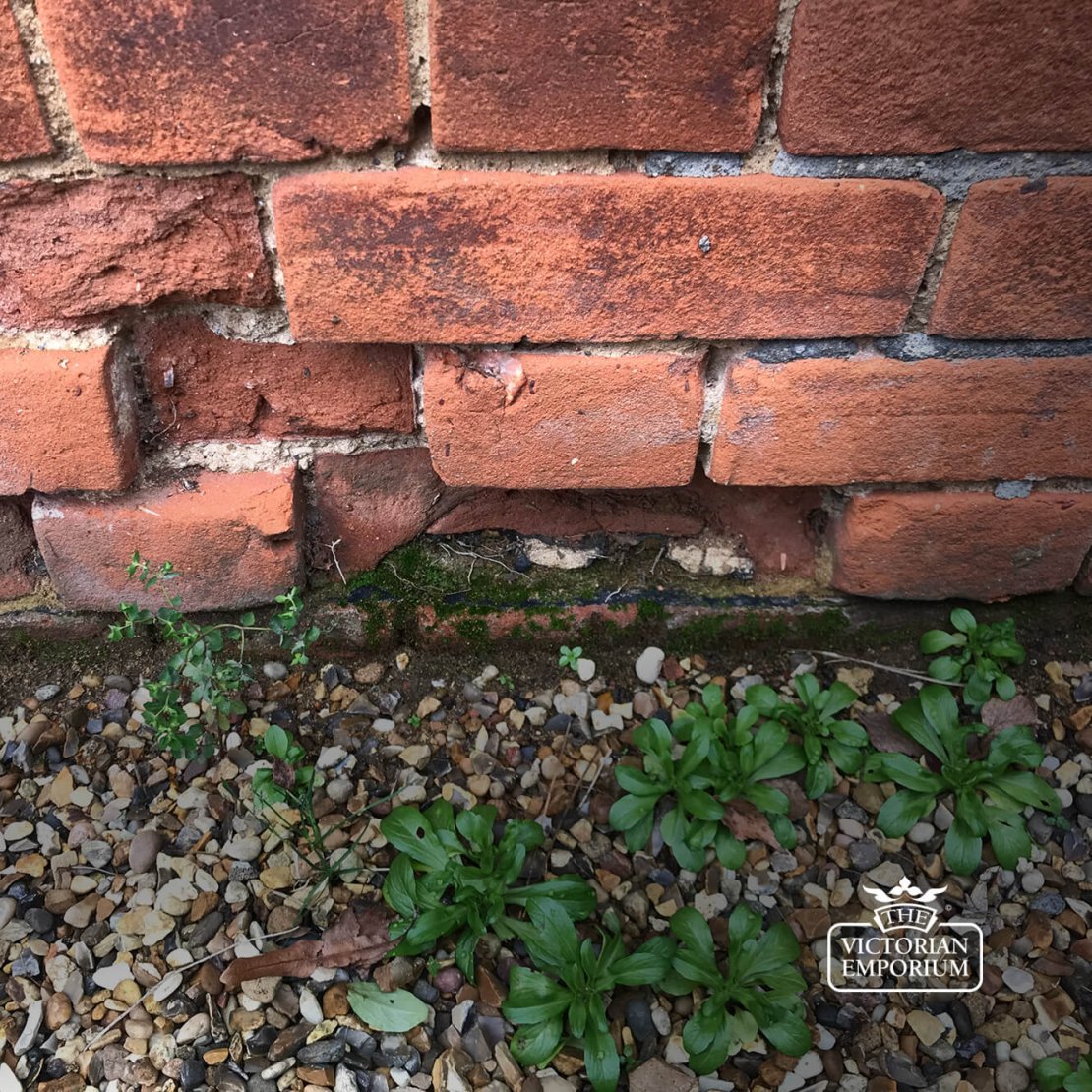
Garden soil caused brick damage after bridging a damp course.
Damp and rotten timber
A common complaint is that Victorian buildings cold and damp. Firstly, ‘rising damp’ is very rare than commonly perceived, in fact there are many good industry experts who don’t think it exists at all. A modern school of thought is that most damp issues affecting old buildings are caused in part by modern gypsum and cement not allowing the building to breath. Many experts point a finger to the damp proofing and chemical industry lying to customers and mortgage lenders that they need their treatment. If a building is damp, let it breath again - dry it out. The original Victorian building would have had lime plaster and lime mortar. These materials lets the building breathe naturally. Sometimes the building might be damp because of simple lack of maintenance like a poorly maintained gutter, garden soil being pushed up against an external wall. Sometimes air bricks are covered up and timber floors are not allowed to breath. The remedies for damp and timber rot are simple, let it breath and and you’ll have a dry home. Victorian buildings can be cold if not heated properly, they are not as well insulated as contemporary buildings but his does not mean that they need to be cold however it does mean that you will simply have two use more fuel to heat them. Difficulties with Victorian Renovations
Treat any damp as this is bad for the health and longevity of house and its occupants. The main worry with damp in the walls is that nearby timber floors could be at risk of rot. The solution is to fix leaking pipes and gutters, worn windowsills, and excessive indoor condensation. Make sure the outside ground levels are at least 200mm below the internal floor, and that there’s a good air flow under the ground floor via air bricks in the main walls. If your outdoor ground levels are too high you can install French Drains, consisting of a gravel filled trench a few inches wide and a foot or so deep all of the way around the house to ensure that moisture is kept away from the walls. Make sure the gutters aren’t blocked and that they work as they should, taking water away from the house. If you are repointing, try to use a breathable lime mortar instead of cement, unless you are having to repair a small area and using lime mortar will make it stand out from the rest of the house. If you have bricks whose faces have blown, the odd brick can either be patched with lime mortar coloured with brick or stone dust, or its face cut out and replaced with a matching brick slip. Draughtproof around windows and doors – this is very cheap to do and can significantly change the level of warmth in the house (but remember the house must breath). Insulate your loft and under floors – this is the most effective way to significantly reduce cold and damp in your house. This may involve taking floorboards up and relaying them on top of the insulation but it’s well worth the effort. Make sure the house is well ventilated, and regularly leave the windows open to create a through draught You can even apply for a government grant towards improving the energy efficiency of your house. Once you have completed all of the above keep the house well maintained to avoid further damp issues arising.
Layout and light
Victorian building can often have small dark kitchens at the back of the house and downstairs bathrooms, especially in a terrace house. Most renovators seek to address this in their plans as large kitchens at the centre of the house are a strong attraction for most buyers. Often at least one side of the house is fairly dark and gloomy and it’s important in these areas to use light coloured paints and lots of lighting. Usually the electrics are fairly basic in a Victorian house unless they have been upgraded recently so you may need to get the ground floor rewired. It might be worth paying for an electrical survey so you don’t get areas rewired that are actually safe and up to modern standards.
Undertaking the work
If your house is listed or in a conservation area, you’ll need formal consent to change anything significant including windows, basement conversions, small extensions and knocking down walls. However the good news is that most Victorian houses are not listed so there are many changes you can make without getting any formal planning permission although for anything but minor works you’ll need to get a Buildings Certificate from your council. It’s always better to be fully involved in the renovation yourself even if you do hire in various trades to do most of the work. If you do some work yourself and you end up going over budget, at least you’ll know that you didn’t waste money on jobs you were capable of tackling yourself. There are many fairly simple jobs you can undertake such as stripping wallpaper, sanding floors, removing carpets, decorating. It’s amazing how much you can learn when undertaking a renovation and in our online world with the plethora of Youtube videos available, there is no excuse when it comes to 'bodging' a period building - if you don’t know where to start, read about it, watch a video or hire in a relevant tradesman or specialist - anything you can learn from them will help you next time. And if you don’t have the budget to do the house justice it’s best just to not buy the house. You will need to select tradesmen carefully for a Victorian renovation and find builders that are sympathetic to the period and will be willing to tackle jobs in a way which is the best for the house, not just the quickest solution.
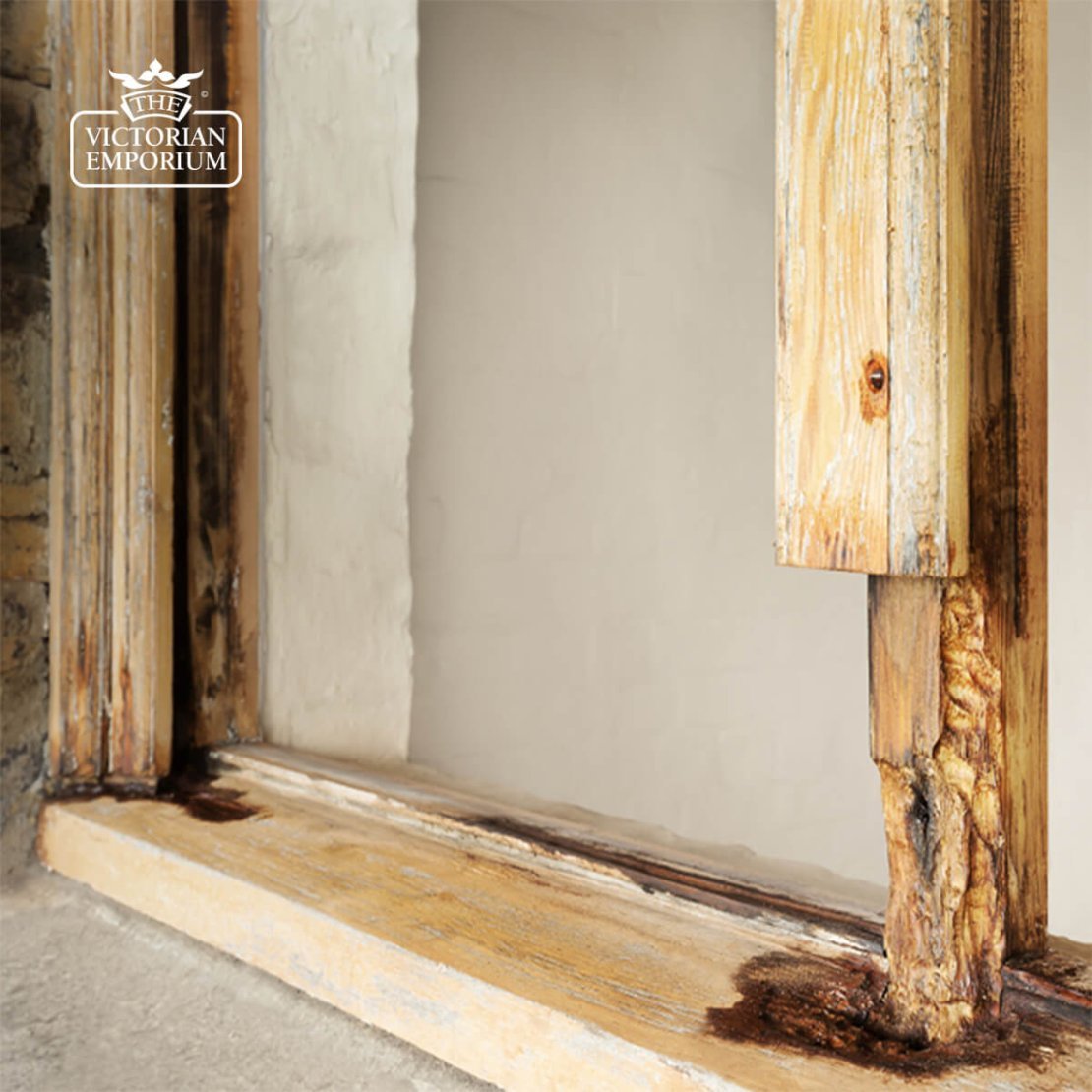
In some conservation areas you might be easer to renovate old windows compared to replacing them.
Always see at least 3 potential options always ask for written quotes. Don’t necessarily choose the cheapest but the person who you think will do the best job for an affordable cost. If you are not happy with any of the 3 who have quoted, find another 3 until you find your man (or woman). The same principle applies for any products you need to purchase for your renovation - pick the best solution for the house, not just the quickest or cheapest. Make sure that if you are replacing or restoring original features, you are replacing like for like and if this is impossible, the most similar you can. You will not be able to buy everything you need in a builders merchants but it’s simply a new way of thinking about shopping for materials rather than an impossible task. The house will dictate what it requires so in some ways this makes it easy to select products. Many of our customers have experience of their builders persuading them to go with a cheaper or easier solution rather than the one that is best for the house. In the short term this might be an easier route, but in the longer term, if it devalues your renovation, it’s by far a more expensive decision. Tracking down the best suppliers, products and tradesman can be the most time consuming and frustrating part of your Victorian house renovation. However once you have sources of products and labour, this makes your life a lot easier. You need to view your project as an investment.
What should I do to minimise any nasty renovation surprises?
Get a building survey done when you buy the house to identify the work you need to do to bring the house up to a decent liveable condition. The essential repair work should be identified and many of the less critical tasks such as redecoration and new kitchens and bathrooms. It will be more expensive than a regular homebuyers survey, but will provide peace of mind. You can probably live with a lot of the problems you inherit – other than those essentials the survey found – until you can afford to have them done properly. Don’t rush or do them half-heartedly, as it will end up costing you more later.
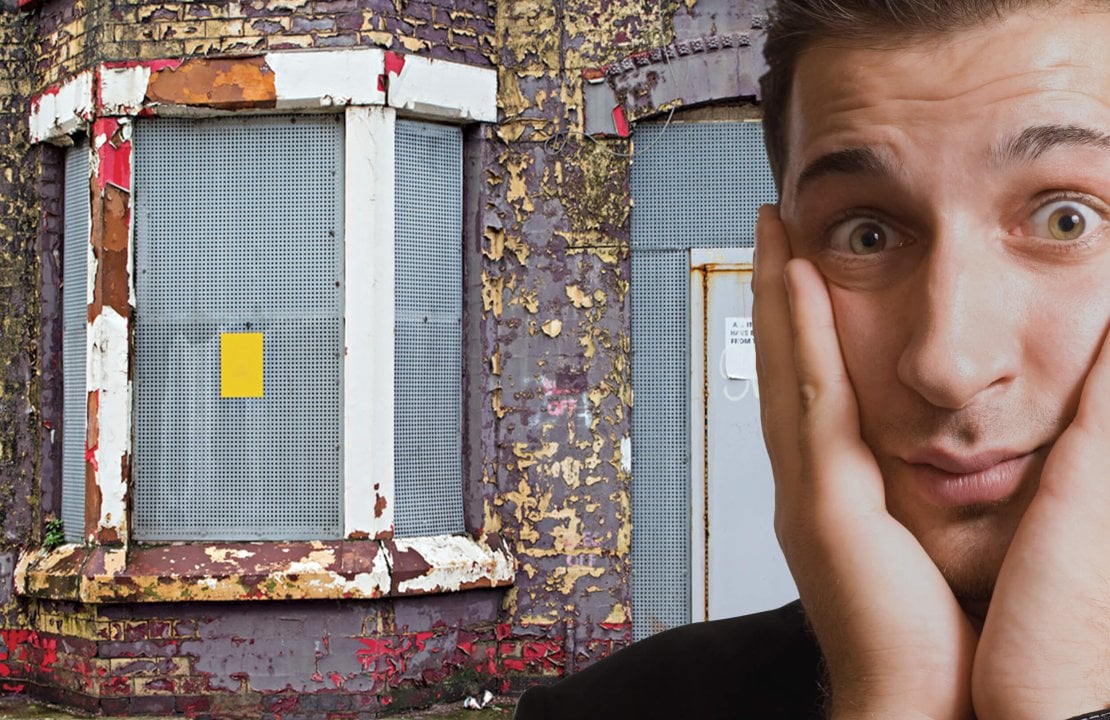
Be the first to add a comment...